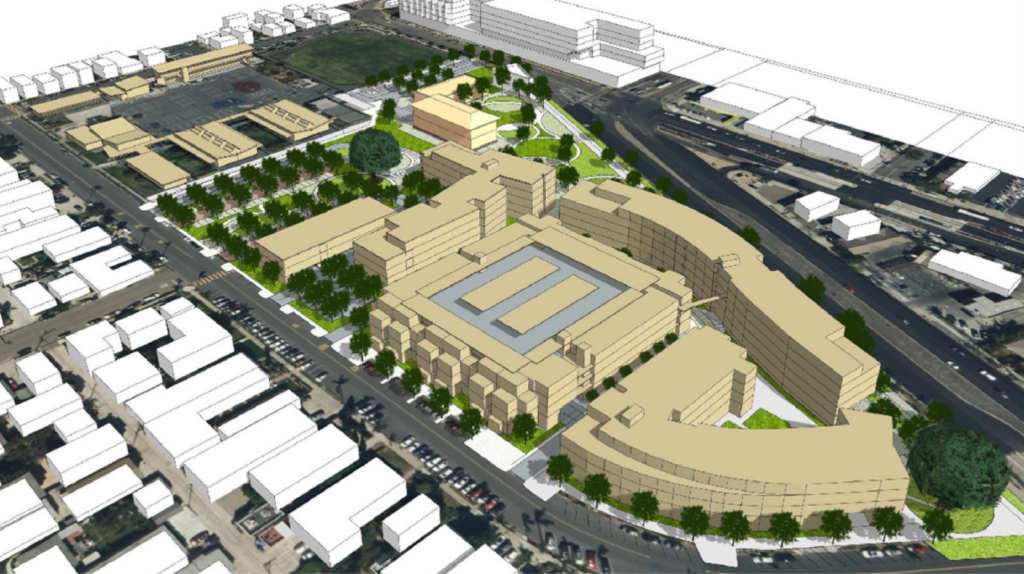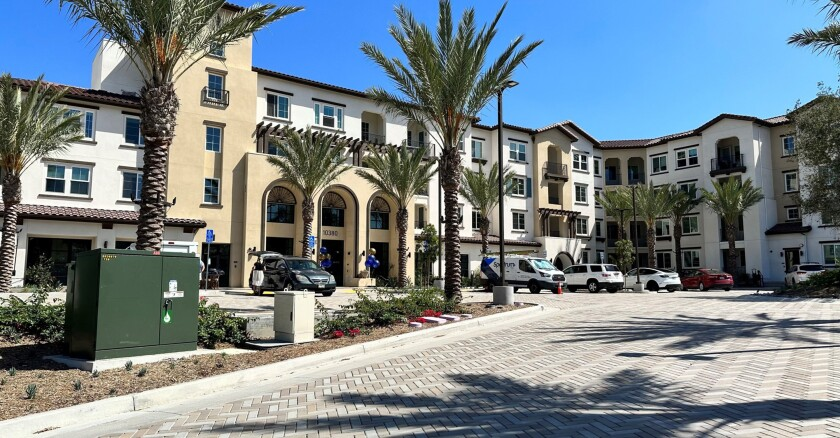In a bold and timely move, the San Diego Unified School District (SDUSD) is considering transforming some of its underutilized properties into affordable housing units. This initiative is part of a growing trend among school districts nationwide to combat the housing crisis by repurposing public land. With real estate costs soaring in California, particularly in San Diego, the district hopes this strategy will offer relief to educators, staff, and even low-income families struggling to find affordable living spaces.
Why the School District Is Stepping In

The cost of living in San Diego has reached unsustainable levels for many working families. Teachers and school staff are especially vulnerable, often spending more than 30% of their income on housing—well above what is considered affordable.
In response, the SDUSD board is exploring various ways to use land that is either vacant or no longer needed for school operations. These sites could be redeveloped into housing units for teachers, classified staff, and potentially other low-income residents.
School Board President Shana Hazan explained, “We have a responsibility not only to educate our students but to support the well-being of our school communities. Housing is directly connected to student success.”
To better understand how districts are navigating this issue, EdSource recently published a feature highlighting the rising trend of school districts acting as housing developers across California.
Inventory of Possible Sites
According to preliminary reports, the district has identified several properties that could be considered for redevelopment. These include closed school sites, excess parcels of land, and underutilized facilities.
A detailed feasibility study is currently being conducted to examine factors such as zoning regulations, proximity to public transit, and community impact. The district plans to hold public hearings and community feedback sessions in the coming months to ensure transparency and collaboration.
One example being explored is the former Bayview Terrace Elementary site, which has remained unused for years. Located in a central area of the city, it offers promising potential for mixed-use development, including both housing and community services.
Focus on Staff and Student Families
One of the district’s main goals is to provide stable housing for school employees. San Diego has long faced a teacher shortage, and officials believe that affordable housing could help with both recruitment and retention.
Recent data from the California Department of Education shows that nearly 20% of educators in high-cost districts have considered leaving the profession due to housing concerns. San Diego Unified’s move could serve as a powerful retention tool.
Moreover, the district may consider prioritizing housing for families with children enrolled in the district. “We know that housing instability leads to absenteeism and academic challenges,” noted Superintendent Lamont Jackson. “When families don’t have to worry about shelter, students can focus on learning.”
For broader background, San Diego Union-Tribune also covers the district’s earlier efforts to address student homelessness, highlighting how interconnected housing and education truly are.
Legal and Funding Challenges Ahead

While the plan is ambitious and much-needed, it comes with its own set of hurdles. First, the district must navigate California’s complex land-use and educational property laws. School-owned land is subject to a range of restrictions and requirements that must be addressed before any construction can begin.
There is also the issue of funding. Building affordable housing is expensive, especially in cities like San Diego. The district is expected to seek partnerships with nonprofit developers, state housing agencies, and even federal grants to fund the projects.
Organizations such as California Housing Partnership have shown interest in supporting school district housing efforts, offering both technical guidance and access to financing options.
Community Reactions and Concerns
The initial public response has been a mix of optimism and skepticism. While many applaud the district for thinking creatively, others are concerned about the long-term implications of turning educational land into residential areas.
Some parents have expressed worries about traffic congestion, neighborhood crowding, and whether the district will prioritize schools’ core mission of education.
In response, SDUSD has promised full transparency. “No decision will be made without community involvement,” said Board Vice President Cody Petterson. “We’re committed to ensuring this process serves the needs of both our staff and our neighborhoods.”
A Statewide and National Trend
San Diego Unified is not alone in this approach. Districts in Los Angeles, San Francisco, and Oakland have already moved forward with similar plans. Nationally, school systems in Colorado, Texas, and New York are also exploring how their land assets can help solve the housing crisis.
In many cases, school district-led housing projects have seen strong results. Los Angeles Unified’s housing pilot, for example, is currently under construction and will house dozens of district staff by 2026.
You can read more about the broader California housing crisis on CalMatters and how it intersects with education planning.
Looking Forward: A Blueprint for Other Cities?
If successful, San Diego Unified’s initiative could serve as a model for other cities struggling with housing affordability and educational equity. With over 130,000 students and thousands of employees, the district has the scale to make a major impact.
The school board is expected to vote on a formal housing proposal by the end of 2025, following public input and feasibility results.
In the words of Superintendent Jackson: “This isn’t just about housing. It’s about taking care of our community, our people, and ultimately our students. Because when the adults in a child’s life are stable, the child thrives.”
Stay up to date on this developing story through NBC San Diego’s education section.
Also Read – No More App-Only Deals! Big Change for San Diego Grocery Stores






